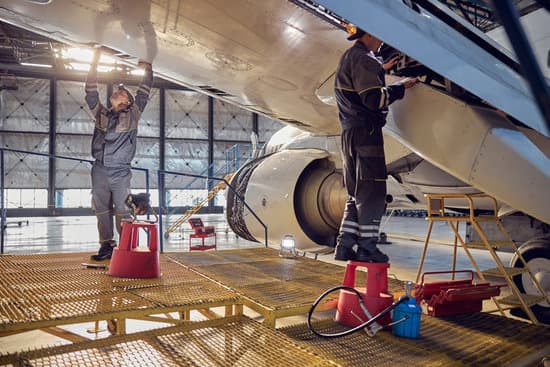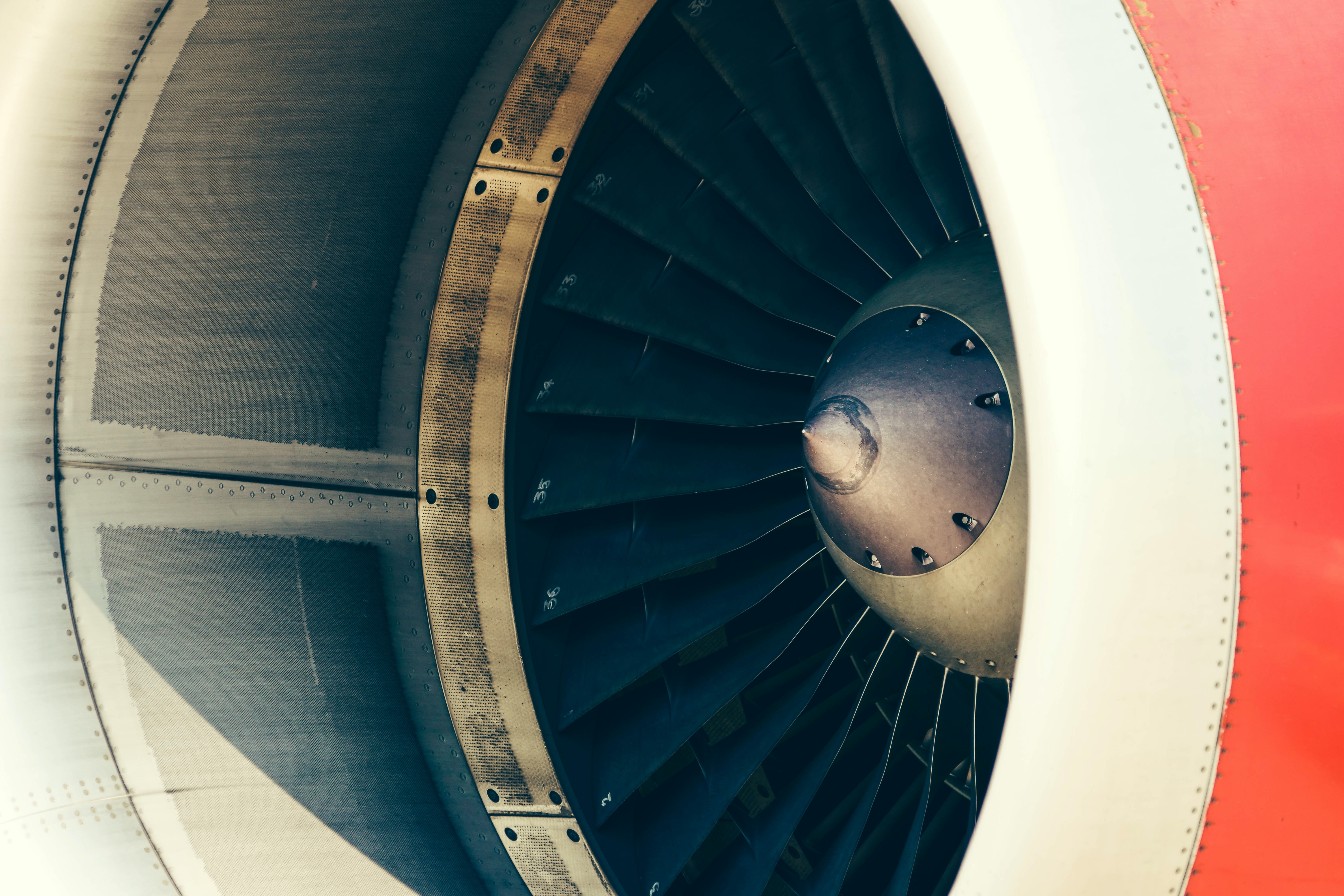The Role of Predictive Maintenance in Reducing Aircraft Downtime

In the aviation industry, minimizing aircraft downtime is crucial for operational efficiency and profitability. Predictive maintenance has emerged as a game-changing approach to achieve this goal.
By leveraging advanced technologies and data analytics, airlines and operators can anticipate potential issues before they occur, optimizing maintenance schedules and significantly reducing unplanned downtime.
Connected Aviation Today says that predictive maintenance can help enhance air travel experience by reducing aircraft downtime spent on repairs while creating fleet-wide maintenance efficiencies, airline operability, and cost savings.
“Predictive maintenance takes historical aircraft and maintenance data and uses it to develop performance trends for components,” explains the publication. “The predictive maintenance system then generates detailed maintenance recommendations for the airline, which may help prevent maintenance-related delays, flight returns, or unpleasant aircraft-on-ground (AOG) situations. This will also enable the airline to turn unscheduled maintenance into planned maintenance.”
The Mikolay Jet Group says the consequences of aircraft downtime include both direct costs (expenses associated with repairs and maintenance and labor costs for all involved) and indirect costs (schedule disruptions which can cause ripple effects, impacting users and creating operational inefficiencies).
Traditional Maintenance Approaches vs. Predictive Maintenance
Historically, aircraft maintenance has relied on two primary approaches:
- Reactive Maintenance: Addressing issues only after they occur, often resulting in unexpected downtime and higher costs.
- Preventive Maintenance: Performing routine inspections and component replacements based on predetermined schedules, regardless of the actual condition of the aircraft.
Predictive maintenance, on the other hand, uses real-time data and advanced analytics to forecast when maintenance will be required. This approach allows for more precise and timely interventions, reducing unnecessary maintenance while preventing unexpected failures.
How Predictive Maintenance Works in Aviation
Predictive maintenance in aviation relies on three key components:
- Data Collection: Sensors and IoT devices continuously gather data from various aircraft systems and components.
- Advanced Analytics: Machine learning algorithms process this data to identify patterns and predict potential failures.
- Real-time Monitoring: Maintenance teams receive alerts and insights, allowing them to take proactive measures.
This data-driven approach enables airlines to move from a fixed maintenance schedule to a more dynamic, condition-based strategy.
Benefits of Predictive Maintenance for Reducing Aircraft Downtime
Implementing predictive maintenance offers several significant advantages:
- Early detection of potential issues, allowing for timely interventions.
- Optimized maintenance scheduling, reducing unnecessary inspections.
- Decreased unscheduled maintenance events.
- Improved aircraft availability and reliability.
- Extended lifespan of aircraft components.
- Reduced overall maintenance costs.
By addressing problems before they escalate, airlines can avoid the cascading effects of unexpected failures, which often lead to extended periods of downtime.
“Organizations that invest in predictive maintenance can reap significant benefits, including cost savings and improved equipment performance,” says ORAPI. “With the increased use of IoT and advanced technologies like machine learning, the potential for predictive maintenance is only set to increase in the coming years.”
Key Technologies Enabling Predictive Maintenance
Several cutting-edge technologies are driving the adoption of predictive maintenance in aviation:
- Internet of Things (IoT) sensors: These devices collect real-time data on various aircraft systems and components.
- Big data analytics: Advanced software platforms process and analyze vast amounts of data to identify trends and anomalies.
- Artificial Intelligence and Machine Learning: These technologies enable more accurate predictions and continuous improvement of maintenance models.
- Digital twin technology: Virtual replicas of aircraft systems allow for simulation and testing of maintenance scenarios.
“Over the last decades, the continued increase in the introduction and use of sensor technologies, as well as the increased digitization of aircraft operations and support, have opened avenues to monitor, assess, and predict the health of aircraft structures, systems, and components,” says a paper published in Sensors 2022. “These activities—typically encapsulated using terms such as predictive maintenance, prognostics and health management (PHM), integrated vehicle health management (IVHM) or aircraft health management (AHM)—feed into a condition-based maintenance (CBM) strategy, which is estimated to provide significant benefits in terms of both cost and time.”
Challenges in Implementing Predictive Maintenance
While the benefits are clear, adopting predictive maintenance is not without challenges:
- Initial Investment Costs: Implementing the necessary technologies and infrastructure can be expensive.
- Data Quality and Integration Issues: Ensuring accurate, consistent data across various systems can be complex.
- Workforce Training and Adaptation: Maintenance teams need to develop new skills and adapt to new processes.
Despite these challenges, the long-term benefits often outweigh the initial hurdles for many airlines and operators.
The Future of Predictive Maintenance in Aviation
As technology continues to advance, the potential for predictive maintenance in aviation grows:
- Increased use of AI and machine learning for more accurate predictions.
- Integration of augmented reality for maintenance procedures.
- Enhanced collaboration between OEMs, airlines, and maintenance providers.
- Development of more sophisticated digital twin models for entire aircraft fleets.
“AI has the power to propel the aviation industry to become safer, more efficient, and also more passenger-friendly. From using artificial intelligence in aircraft maintenance, implementing speech AI systems for increased safety, and using robotics in aerospace manufacturing, the industry will continue to innovate,” says Aiola.
These advancements promise even greater reductions in downtime and maintenance costs in the coming years.
Predictive maintenance represents a significant leap forward in aviation maintenance strategies. By leveraging advanced technologies and data analytics, airlines and operators can dramatically reduce aircraft downtime, improve reliability, and optimize maintenance costs.
As the aviation industry continues to evolve, embracing predictive maintenance will be crucial for staying competitive and efficient.
How Source One Spares Supports Predictive Maintenance Efforts
At Source One Spares, we understand the critical role that predictive maintenance plays in modern aviation. Our extensive inventory of airframe and engine components is carefully curated to support the latest maintenance strategies, including predictive maintenance initiatives. We offer:
- High-quality components compatible with IoT sensors and monitoring systems
- Rapid delivery to minimize downtime during scheduled and unscheduled maintenance
- Expert consultation on component selection for predictive maintenance programs
Our commitment to supporting customers in implementing advanced maintenance strategies extends beyond just supplying parts. We stay at the forefront of industry trends to ensure we can provide the most relevant solutions for your predictive maintenance needs.
Ready to optimize your aircraft maintenance strategy? Contact Source One Spares today to learn how we can support your predictive maintenance efforts and help reduce your fleet's downtime.



